What is cryptocurrency?
Cryptocurrency is a non-paper form of money and medium of exchange, which exists in a digital world.
“Crypto” means it utilizes cryptography for security purposes.
Cryptographic protocols encrypt (verify), control and secure existing, and emerging transactions’ data.
In simple terms, cryptocurrency is just lines of computer codes.
These codes have limits that depend on the type of currency and the blockchain system it’s allocated in.
What is blockchain and blockchain technology?
“Blockchain is the world’s leading software platform for digital assets” – states blockchain.com.
The blockchain (public ledger) is a place or database where all the transactions are written and move.
Blockchain technology ensures cryptographic protocols, and the cryptocurrency becomes the thing which can not be controlled by a single person or a group of people, it can’t be duplicated, broken and counterfeit.
Who invented cryptocurrency?
How did the concept of cryptocurrency emerge?
Right from the time of Internet and dot.com boom in 90’s, and even earlier.
In 80’s American cryptographer David Chaum introduced a “blinding” algorithm enabling existence of “blinded money”.
As a result, the DigiCash company emerged in the Netherlands and DigiCash was the pioneer in producing currency based on the blinding algorithm.
Another example, Beenz – the company existed from 1998 to 2002 and worked as a website providing customers with Beenz.
Beenz was the form of digital currency for purchasing things online and for visiting websites.
Beenz and similar companies failed because of financial, political and governmental issues, fraud and scam.
The leading reason for their failure was dependence on a third-party companies that were used to secure and verify transactions.
Who is Satoshi Nakamoto?
In 2009 a person or a group of programmers called Satoshi Nakamoto announced and outlined in a white paper Bitcoin.
Actually, no one knows who is Satoshi and if he ever existed.
There are a lot of theories and thoughts on this enigma.
Bitcoin wasn’t described as cryptocurrency but more as a network for file sharing, it was a “peer-to-peer electronic cash system”.
Inside of Bitcoin network, the Bitcoin (BTC) cryptocurrency circulates.
Prime advantages of the Bitcoin are its decentralized nature, user anonymity, data-storing inside the blockchain, no possibility for double-spending, and finite supply.
Why is the finite supply a benefit?
Scarcity or limited quantity of cryptocurrency units makes it non-inflationary as precious metals.
Thus, scarcity supports the value.
By the way, only 21 million Bitcoins could ever exist.
Today (06/12/2018) there are more than 17 million Bitcoins in circulation.
How to create cryptocurrency?
Bitcoins and other cryptos are not created, they are mined.
What is cryptocurrency mining?
Mining – is the process of Bitcoin “birth” produced via solving computationally difficult tasks by powerful computers.
Besides, cryptocurrencies mining relates to adding transactions’ info into the blockchain and verifying them by miners.
Everyone can become a miner.
All miners are rewarded for every block they solve, and for every transaction they check.
The amount of the reward changes every 4 years: in 2009 you could get 50BTC, in 2012 it halved and became 25BTC, in 2017 it is 12.5BTC.
Sounds easy?
No, it’s not easy.
Every 2016 blocks (it is nearly every 2 weeks) the algorithms which should be solved by miners adjust in difficulty, the mining appears to be harder and harder.
Halving allows Bitcoin to be decentralized, non controlled by central banks and governments, and predictably created.
You might also hear about “hash” or “hashing”.
What is hashing?
In order to stay safe, the blockchain accepts only validated transactions.
Validated transactions are encrypted with algorithmic hashing.
Hash – is a line of letters and numbers that do not show the real data of the transaction.
Different types of cryptocurrency algorithms
There are many different hashing algorithms utilized by miners to secure transactions.
The most common cryptocurrency mining hash algorithms are:
SHA-256 (Secure Hash Algorithm): is used in Bitcoin network for mining and in the creation of bitcoin addresses.
Scrypt: cryptocurrency mining algorithm used as a proof-of-work scheme in Litecoin network.
X11: hash algorithm used by Dash miners.
Cryptonight: proof-of-work algorithm used for mining BipCoin, BikerCoin, AeonCoin, CherryNote and others.
Dagger Hashimoto: hashing algorithm used in Ethereum network.
Top 7 cryptocurrencies to mine and invest in 2018
The intrinsic development of blockchain and cryptocurrency influenced many minds.
People around the world want to buy Bitcoin and to make money on it.
Note: Talking about cryptocurrency as about trend we do not perceive it as a way of enrichment only, for TRASTRA cryptocurrency and global blockchain technologies are parts of future.
We do not force you to invest or to mine digital currency, because it is volatile and risky, we just share our personal thoughts.
There are more than 2000 coins today.
Although what are the top cryptocurrencies to mine and invest in 2018?
Ethereum (ETH) – the blockchain network and cryptocurrency created by Vitalik Buterin in 2013.
Ether (coin) fuels the Ethereum network (payment method inside Ethereum) and is used as a tradable cryptocurrency.
Ethereum got %13,000 growth in value in 2017.
This cryptocurrency is the second in the list of most market capped coins.
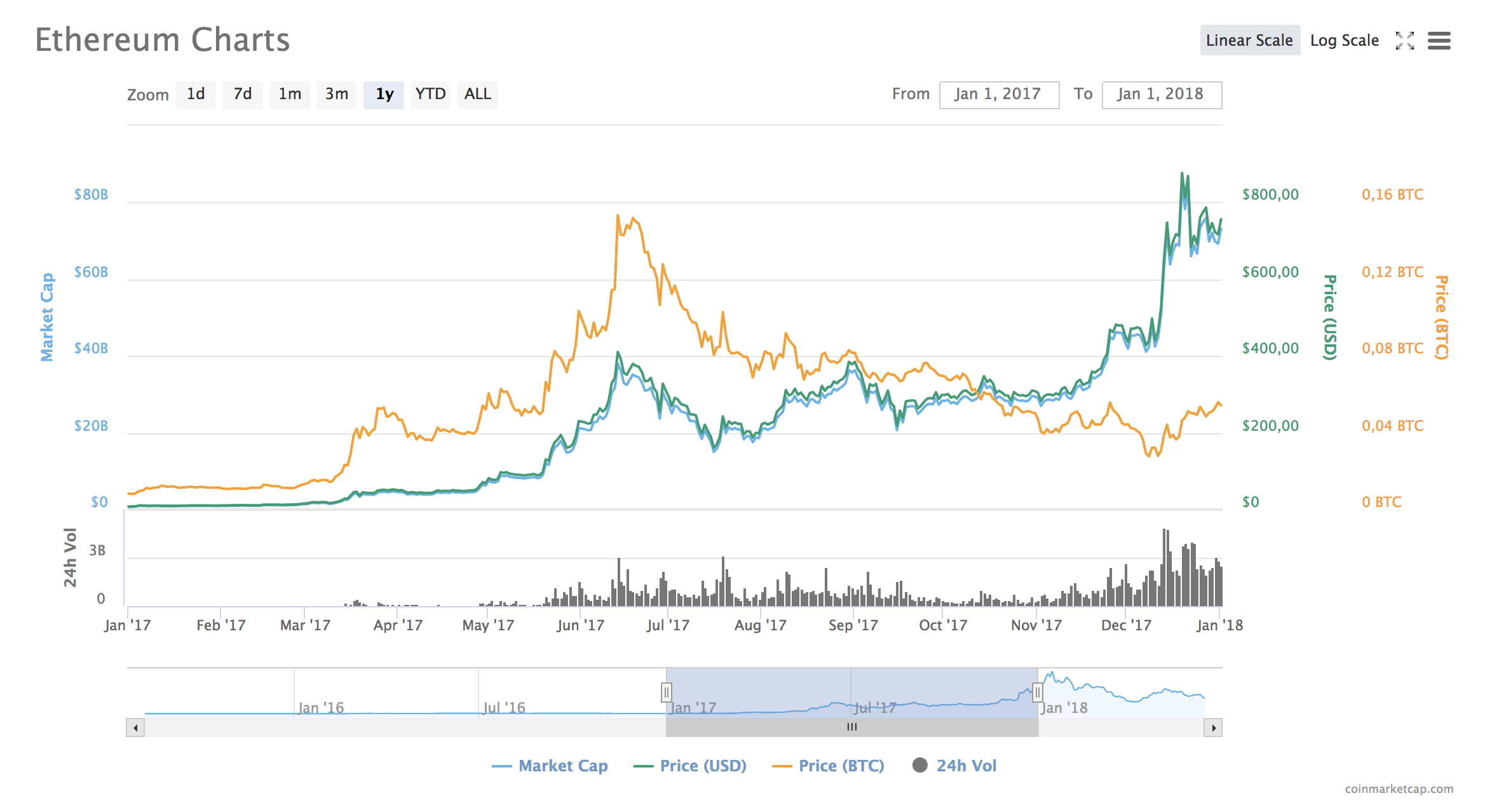
Bitcoin (BTC) – no need to tell it twice, the most market capped cryptocurrency of 2017, the gold of the digital assets world.
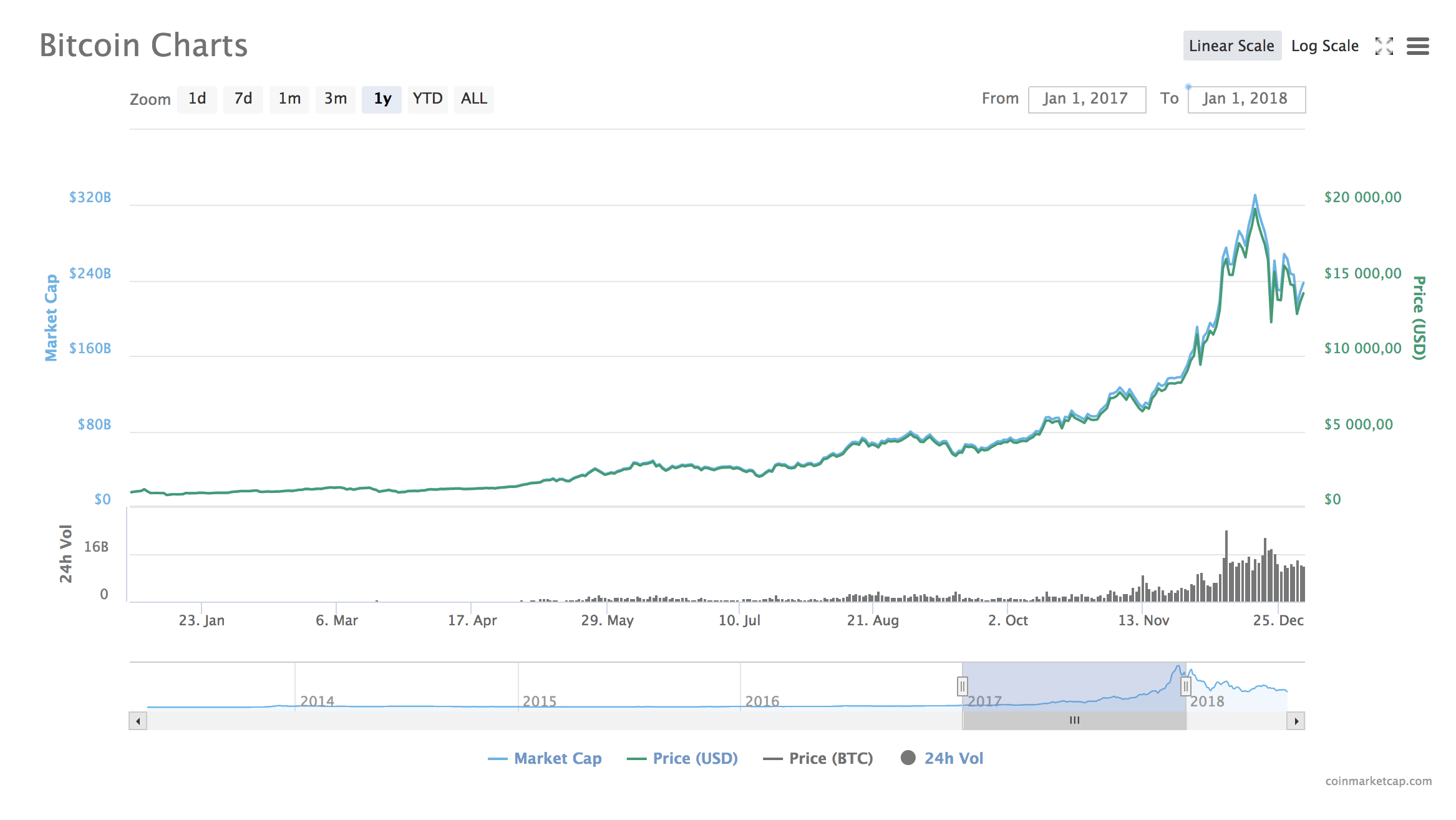
BitcoinCash (BCH) – peer-to-peer electronic cash, cryptocurrency created via fork of the Bitcoin network.
The difference between BTC and BCH is that the BCH block size is 8 times bigger than the block of BTC, therefore the BCH protocol allows a larger quantity of transactions per second, the payments are faster and the fees are lower.
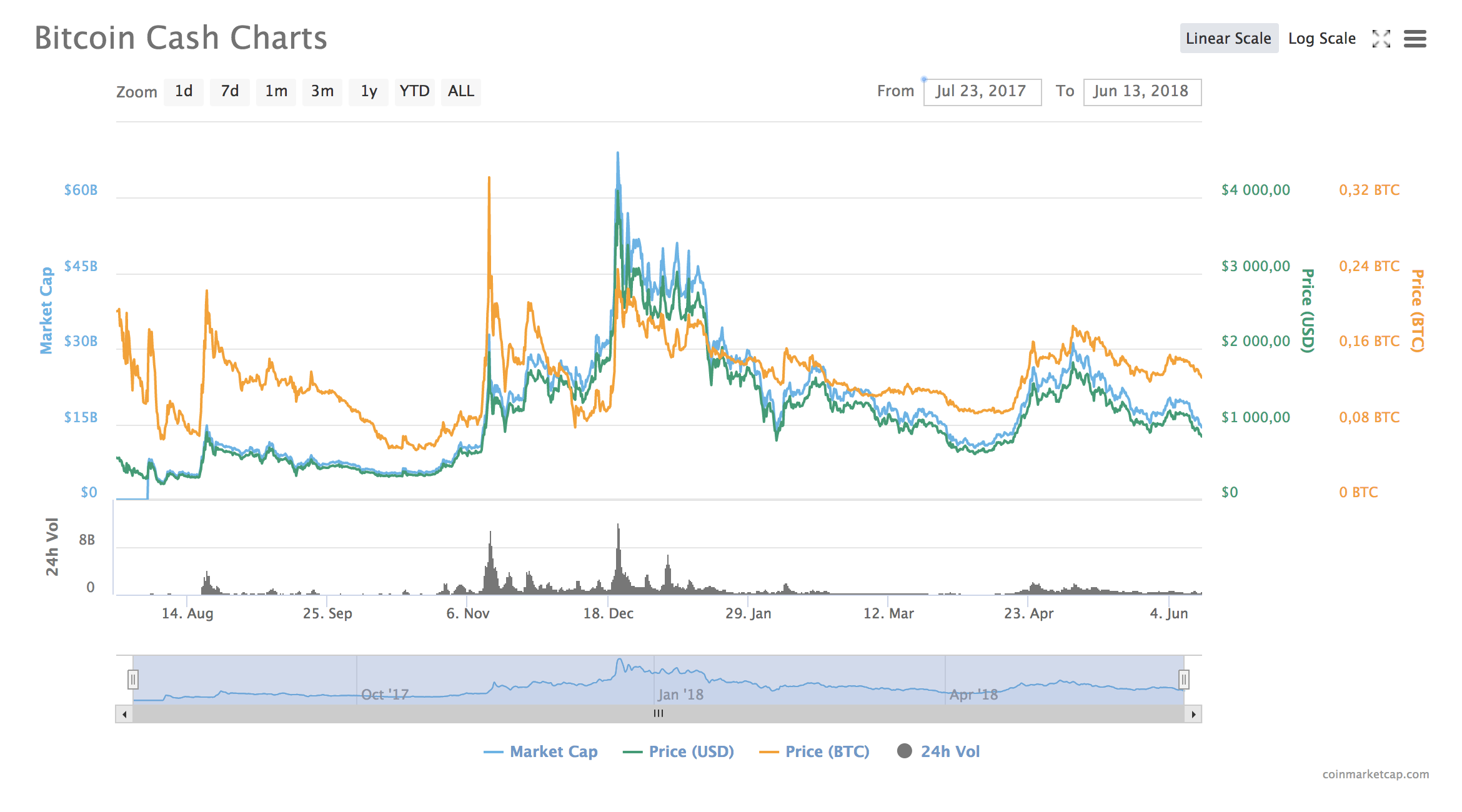
Ripple (XRP) – released in 2012, it is a remittance network, RTGS and cryptocurrency exchange.
The main benefit of Ripple is that it does not rely on the energy and proof-of-work as Bitcoin does.
Transactions are instant and direct.
The Ripple network and XRP token were created for enterprises and companies, that is why payment providers like it.
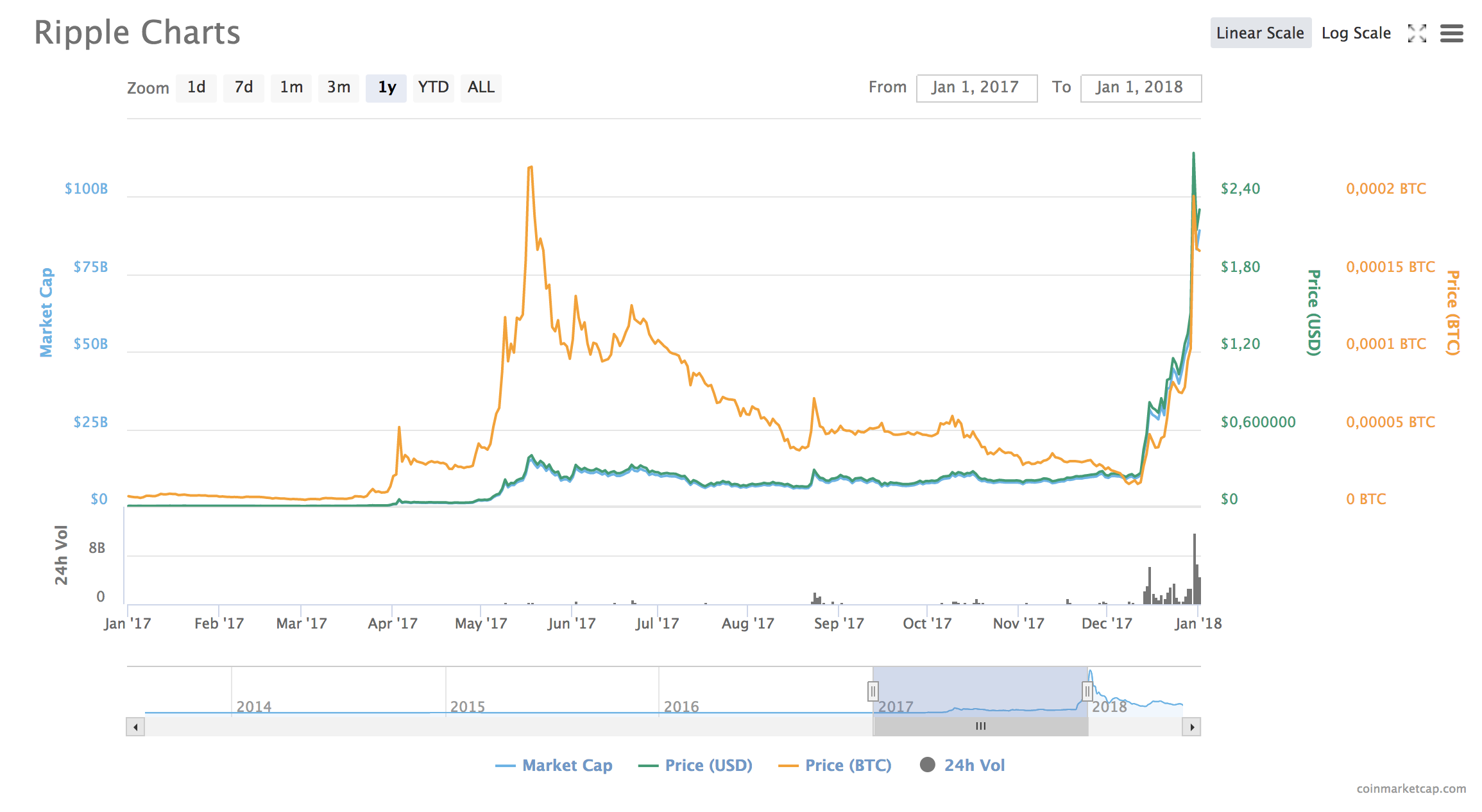
Litecoin (LTC) – invented by the Google employee Charlie Lie in 2011. It is fast in transaction processing because it makes it every 2.5 minutes.
As Bitcoin and Ethereum, the Litecoin increased in value in 2017.
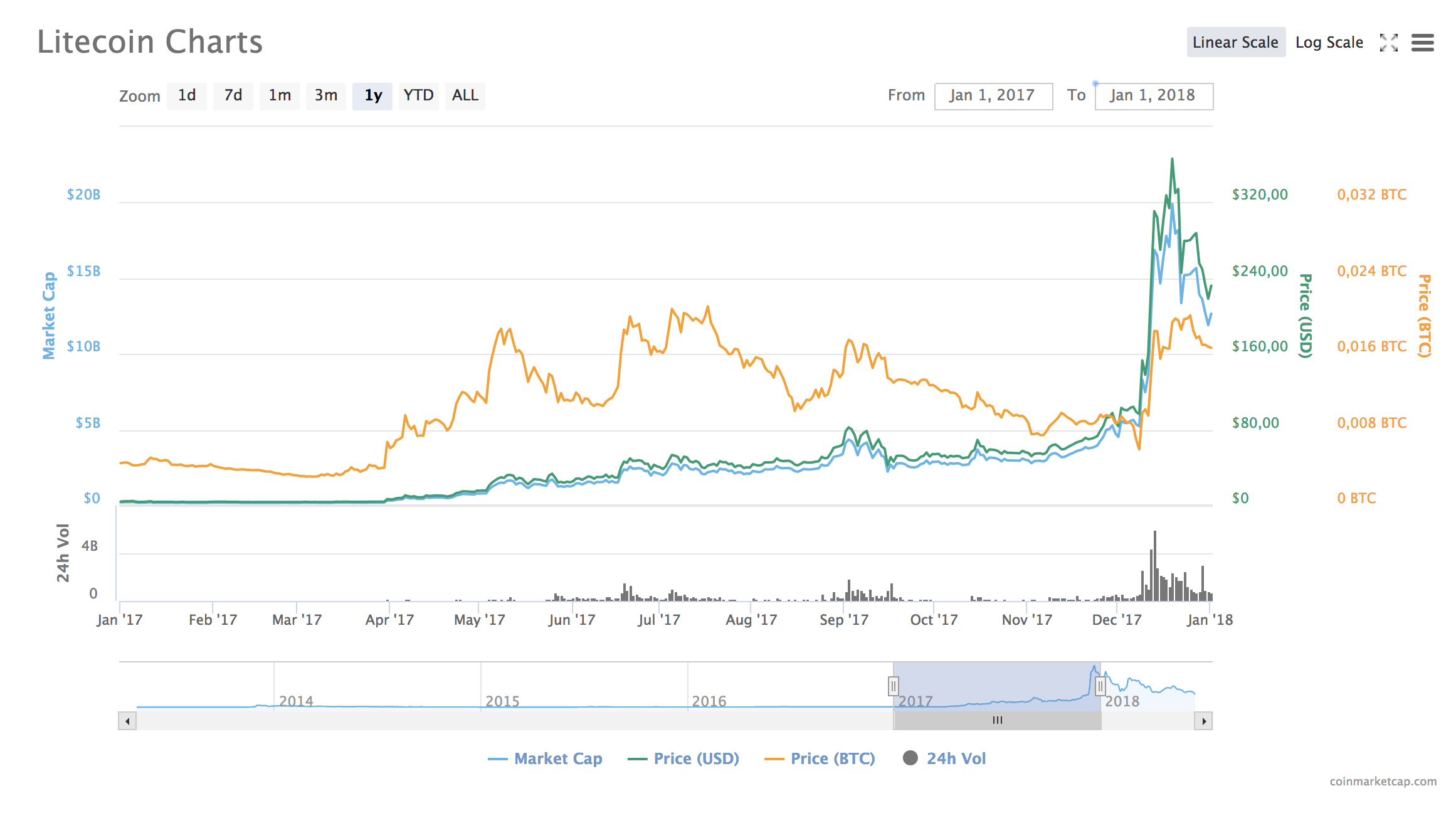
Digital Cash (Dash) – on of the world’s top crypto, created in 2015.
Dash operates nearly USD 100 million transactions every day and has one of the highest Market Caps.
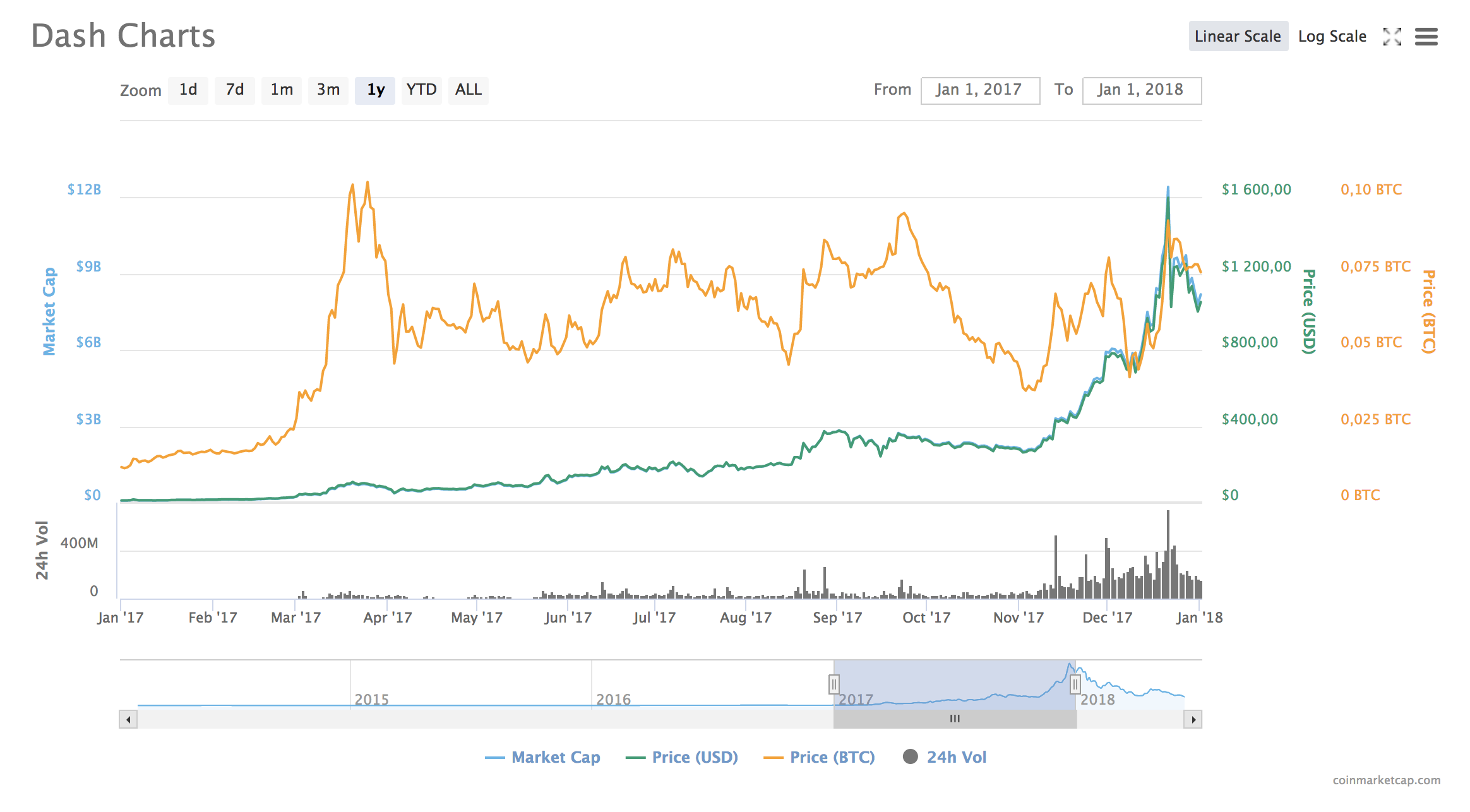
IOTA (MIOTA) – one of the most talked projects in 2018, created by David Sønstebø, Sergey Ivancheglo, Dominik Schiener, and Dr. Serguei Popov in 2015.
Thanks to the unique blockchain engineering, IOTA seeks to be the best mainstream form of payment for startups, to get integrated with IOT ecosystem.
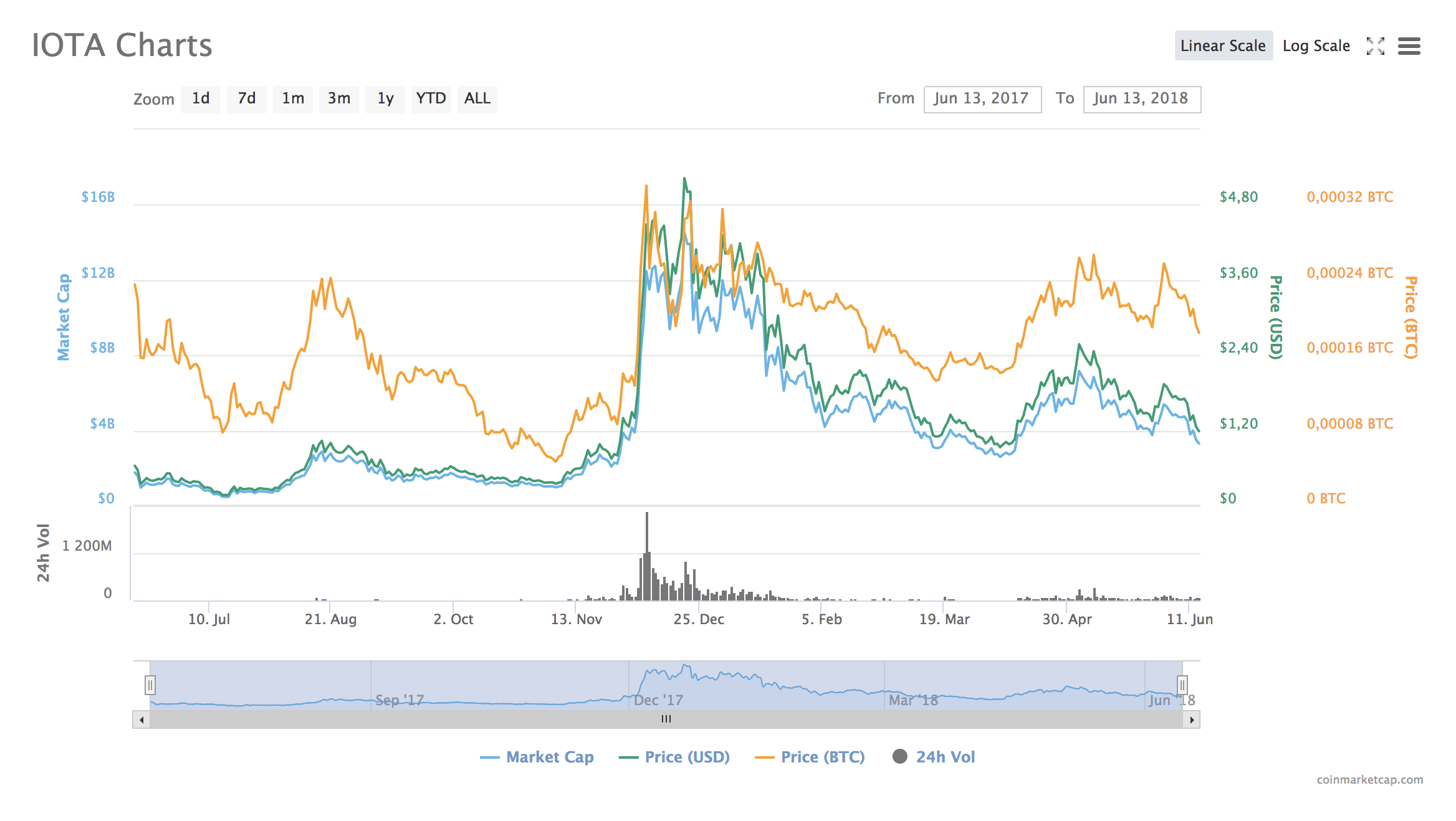
You know what?
There are many “national” cryptocurrencies: Petro (Venezuela), CryptoRubl (Russia), Estcoin (Estonia).
Some entrepreneurs think all currencies will have a digital form in the nearest times:
“There’s a future coming that complete disrupts what we know today. I see a different future where central banks are issuing digital dollars … a new economic age of digital dollars.”
By quoting here Gabriel Abed, the Bitt founder, we would like to underline the main aim of TRASTRA company:
TRASTRA seeks to make digital currency easy usable in day-to-day life for everyone.
We provide customers with trusted banking where they can easily buy and sell crypto in Multi-Sig Bitcoin and Ethereum wallets, Payment Accounts with Personal IBAN to cash out crypto and make crypto-fiat exchanges on market rates.
Visit our FAQ or contact TRASTRA support to know more.
Please NOTE, Payment account with IBAN is temporarily unavailable.















